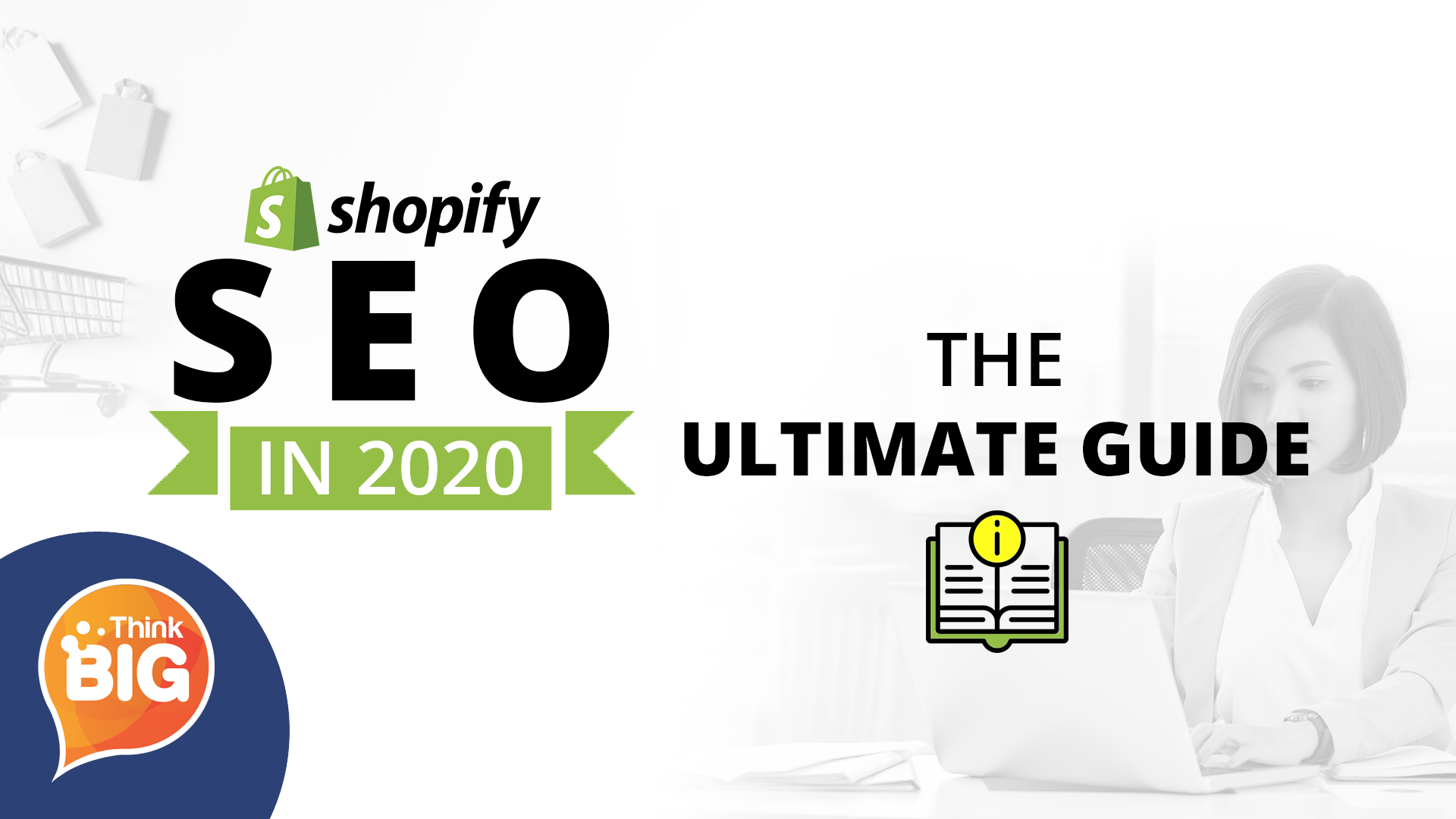
If you own an e-commerce store and want to increase sales, the first thing you need to do is increase traffic.
These Shopify SEO tactics will not only help you boost targeted traffic organically, without spending a dime but also:
- rank higher on search engines;
- improve user experience;
- increase CTR,
all with a final purpose to increase sales.
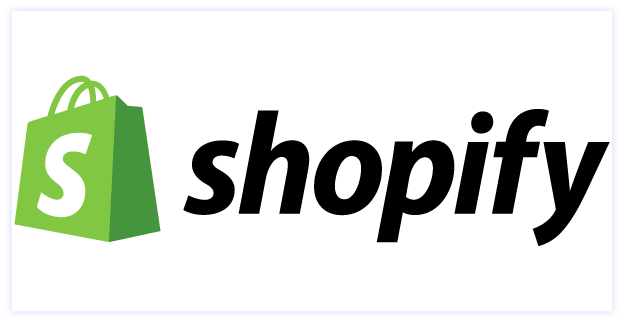
How to Add SEO to Shopify in 2020
Shopify SEO tips #1 – Optimize the URL
The URL is the first thing users see and thus, the first point you can use to attract potential customers.
The URL is also the first thing that search engines see, i.e. it lets search engines know what your Shopify store is about.
That’s why optimizing you’re the URL is very important. Here are a few simple steps to help you do it:
- Add the selected keyword;
- Make it short and clear; avoid using symbols and signs, stick to letters and numbers only;
- Add your brand name.
Shopify SEO tips #2 – Choosing a Shopify Theme
Don’t go for the theme you personally prefer or one that seems the most eye-catching. Many great looking themes are too cluttered which results in slow loading times.
When choosing a Shopify theme, you need to have user experience in mind. Plus, search engines also like websites that have quick loading times and reward them with good rankings.
If possible, try to find a theme that is an ideal balance between good looks and fast loading speed.
Here are a few recommendations from us:
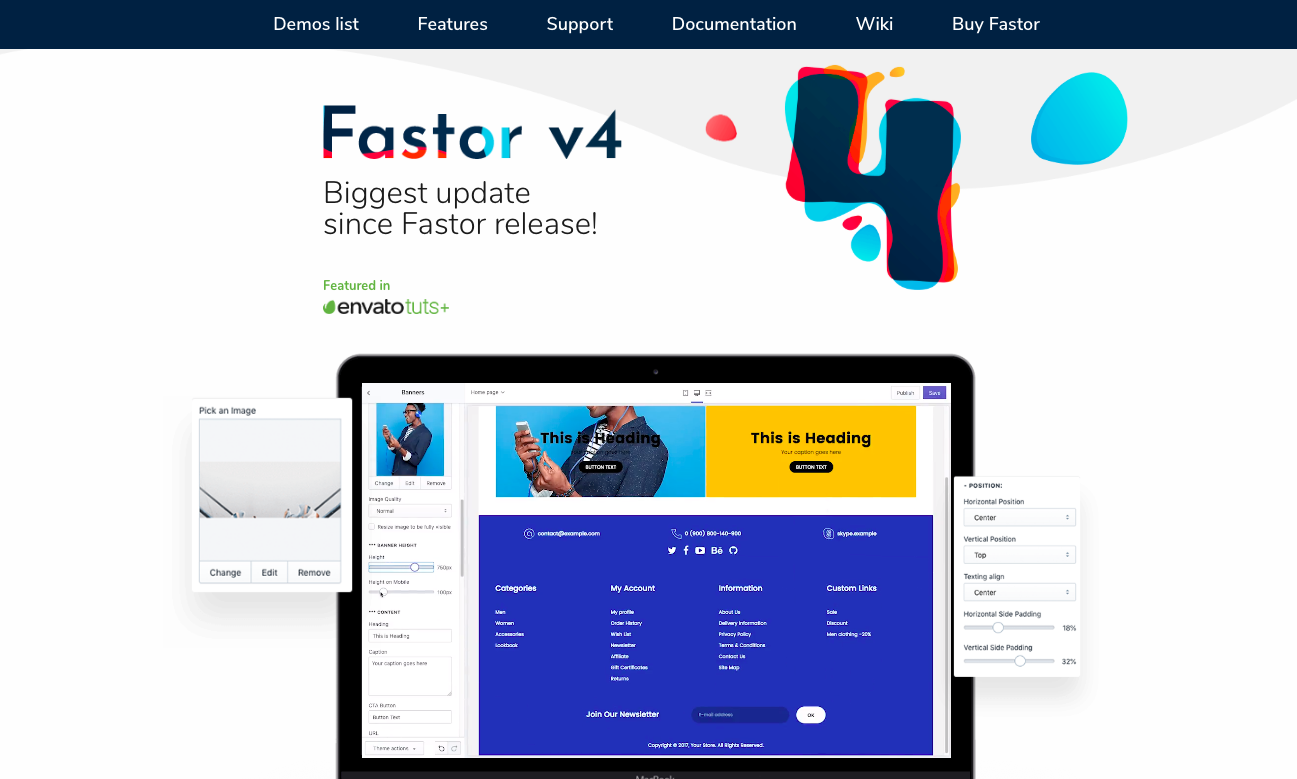
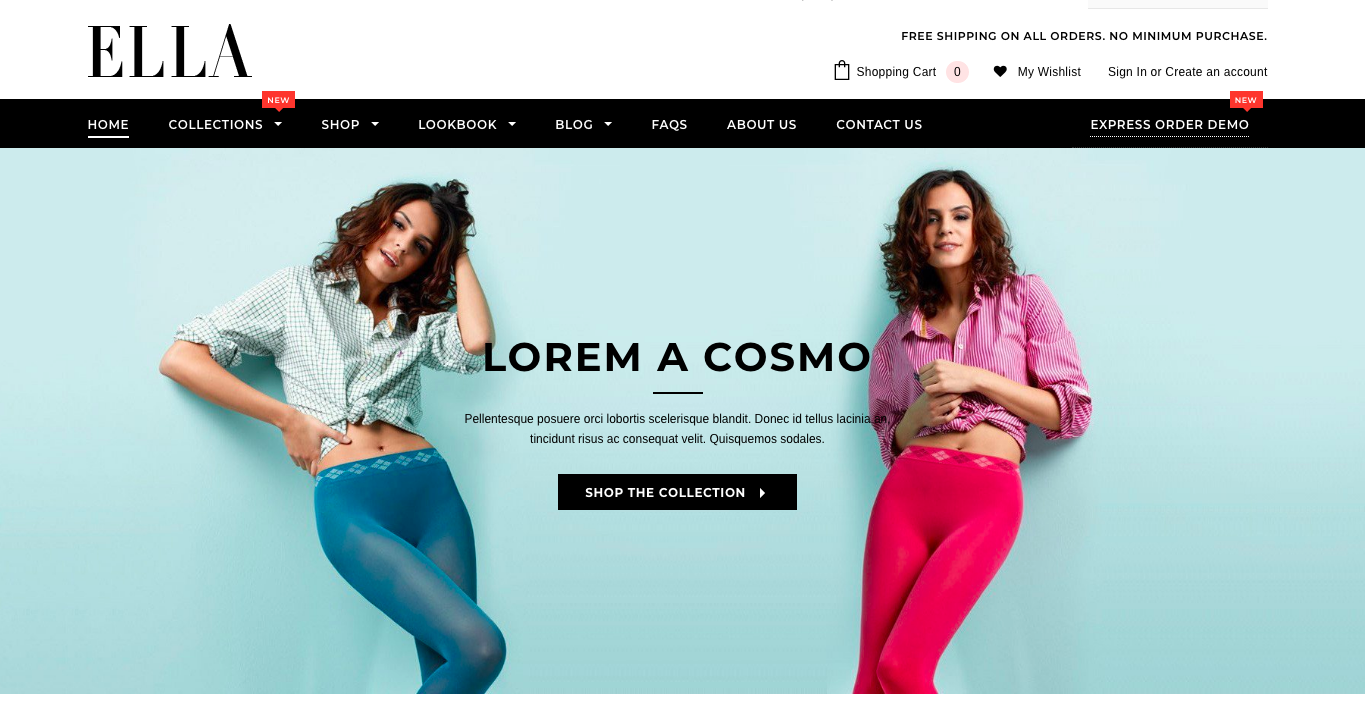
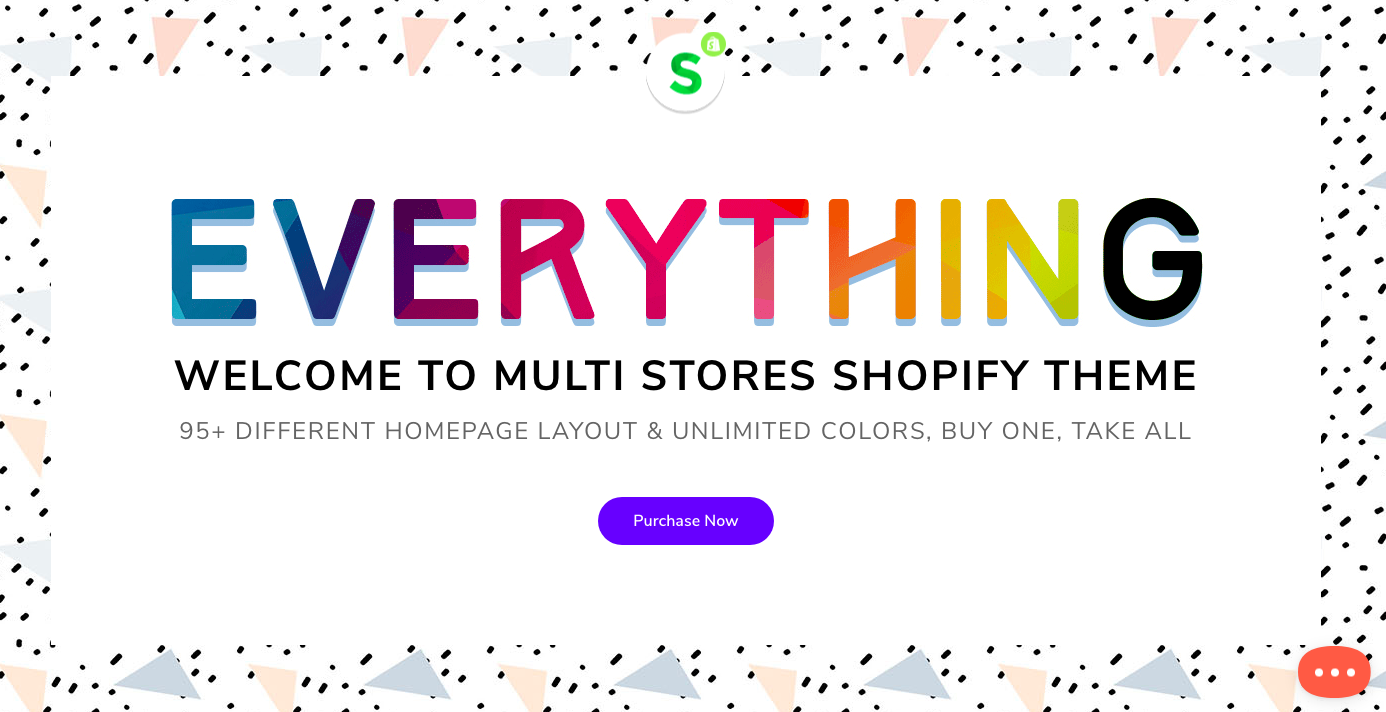
Note: You can check your site’s loading speed using special tools. These tools will not only tell you how Google ranks you based on loading speed, but they’ll also suggest certain optimizations and improvements.
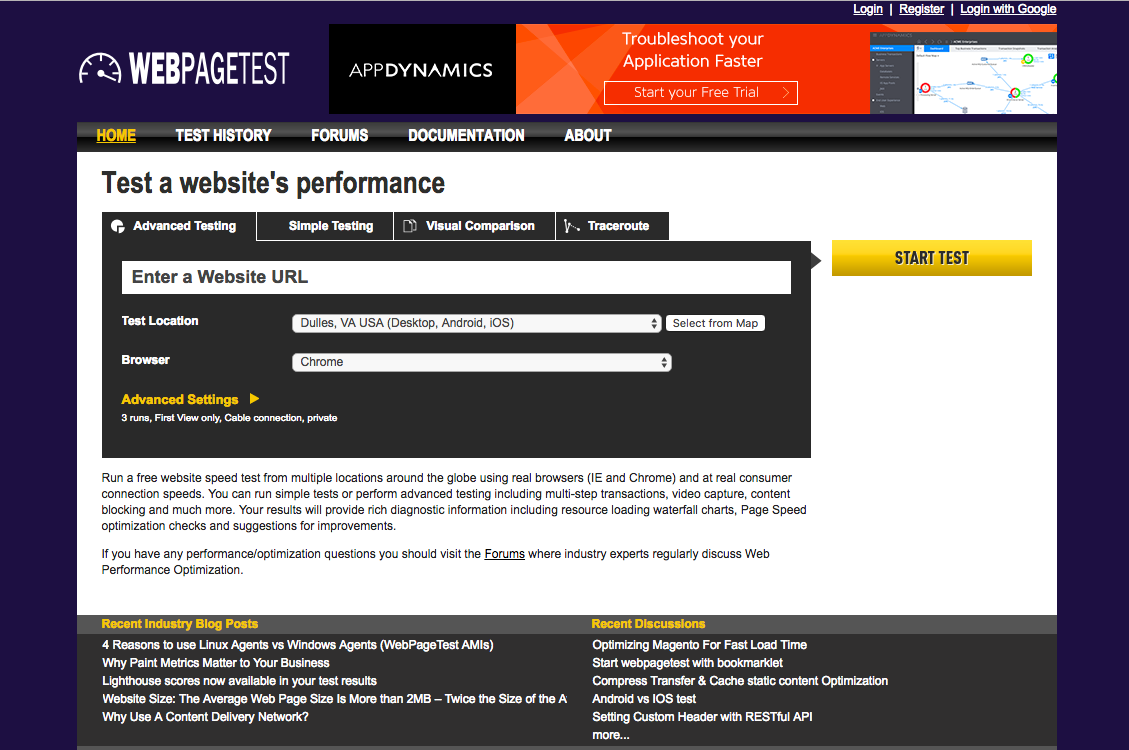
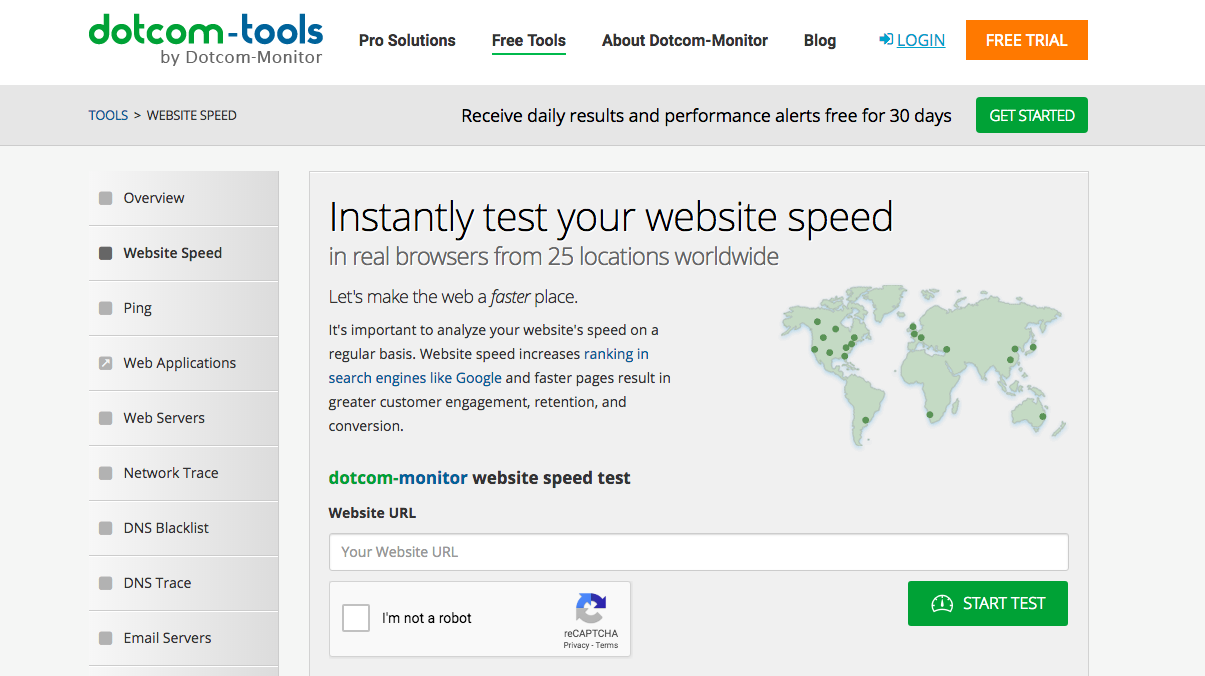

Shopify SEO tips #3 – Keyword Research and Target Audience
To many e-commerce store owners, keyword research seems too complicated and that’s why they avoid it. The truth is, conducting a basic keyword research is fairly easy and it can do wonders for your rankings.
Start your keyword research having your users’ intent in mind. If you understand the people who do the search, you’ll be able to offer them relevant content.
For this purpose, you can use tools such as Ahrefs but it is best if you combine them with other methods to get a broader picture of what your users really want. Such methods include polls, surveys, reviews, and social media.
Next, pay attention to the keyword’s search volume and difficulty score. What you want is a high search volume. This is an indicator that a large number of people are searching for the selected keyword (product). In addition, the difficulty score should be low because it indicates less competition.
Tools like the above-mentioned Ahrefs are of great help because they also offer a list of related suggestions and topics. In addition to your selected keyword, these tools also show long-tail keywords, i.e. highly specific phrases that people use when searching for what they’re going to buy.
Here are a few more tools to help with your keyword research:

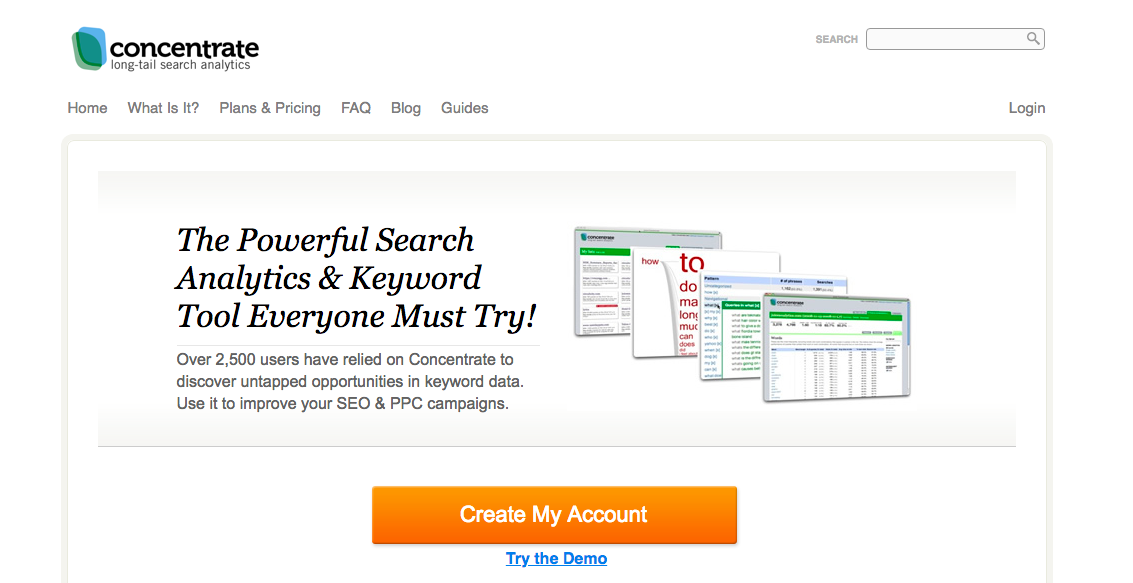

Shopify SEO tips #4 – Title Tags and Meta Description Optimization
Title tags
When selecting which details to include in the title tag, turn once again to your keyword research results. In order to appeal to search engines, i.e. get higher rankings, select those that have higher search volumes.
However, besides search engines, you also need to consider real-life users because they’re the ones who should click on your link.
The research conducted by SiegeMedia found 5 elements that should be included in title tags (where relevant) in order to make them more attractive for people and increase your CTR.
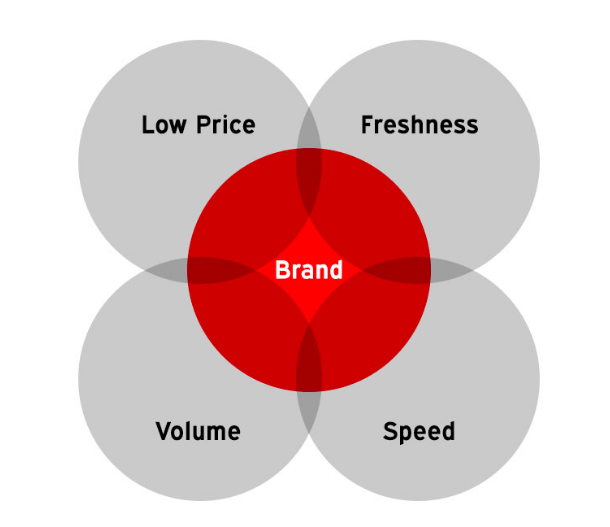
- Low price reference, such as ‘cheap’, ‘affordable’, ‘under $30’, etc.
- Volume reference – include a number to advertise the volume you’re providing, for instance ‘201 maxi dresses to choose from’, ‘5 best maxi dress brands’, etc.
- Freshness reference – include a time-sensitive word or phrase such as ‘2020’, ‘Thanksgiving’, ‘holiday season’, etc.
- Speed – say how fast the potential customer can get the product on your e-commerce site, for example ‘instant shipping’.
- Brand reference is the reference that will bring the most clicks, especially if it’s a popular, renowned brand. For instance, if you’re selling Versace’s maxi dresses, simply adding that name in your title tag will do much more than any other keyword combination.
Make sure your title tag contains at least one of these five elements. If possible, try to combine 2-3 of them.
Meta description
A meta description is a text of about 160 characters located under the title, which summarizes the page’s content.
When creating a meta description, try to include the best words that describe your product, along with a CTA that encourages users to click on the link (such as ‘shop now’ or ‘learn more’).
Note: When creating your first title tags and meta descriptions, the best place to find inspiration is by checking out your competition. If it already works, why not following their strategies and mimic their style?
Shopify SEO tips #5 – Create Content
There are several ways to add content to your Shopify website that will appeal to both the target audience and the search engines. Here are some ideas:
Product description
Product descriptions are the best place to add content in the most natural, informative way. But before you start writing your descriptions, you need to understand your target audience and their intent.
Then, it is absolutely crucial that you understand the product as well. You can’t write detailed descriptions if you have no idea what the product actually is. Once you start creating the description, have the following in mind:
- Focus on the solution, not the product;
- Emphasize the experience of using the product;
- Avoid using jargon that consumers don’t understand, as well as common buzzwords;
- Be specific and avoid using phrases like ‘the best’, ‘excellent’, and ‘top’;
- If possible, use social proof.
Finally, product descriptions are the first place to start optimizing your content, i.e. to add your keyword, but also to format it in order to be easily scannable and readable.
Here are some Shopify stores with great product descriptions:
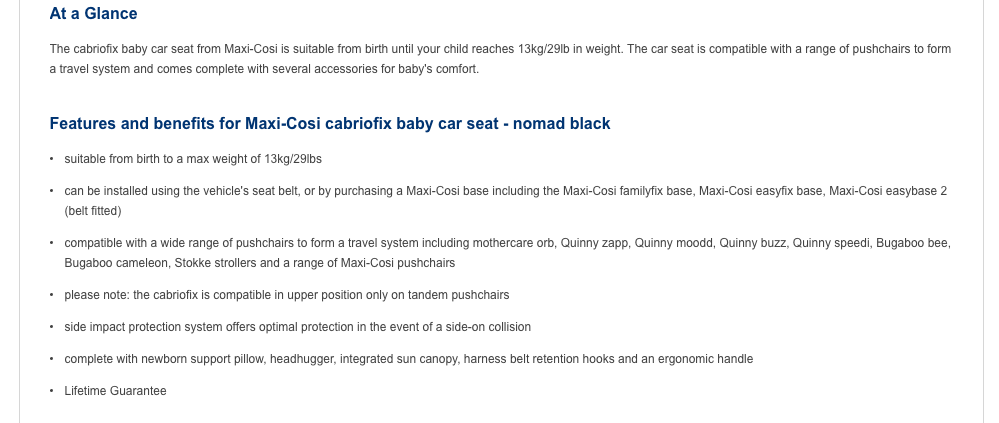
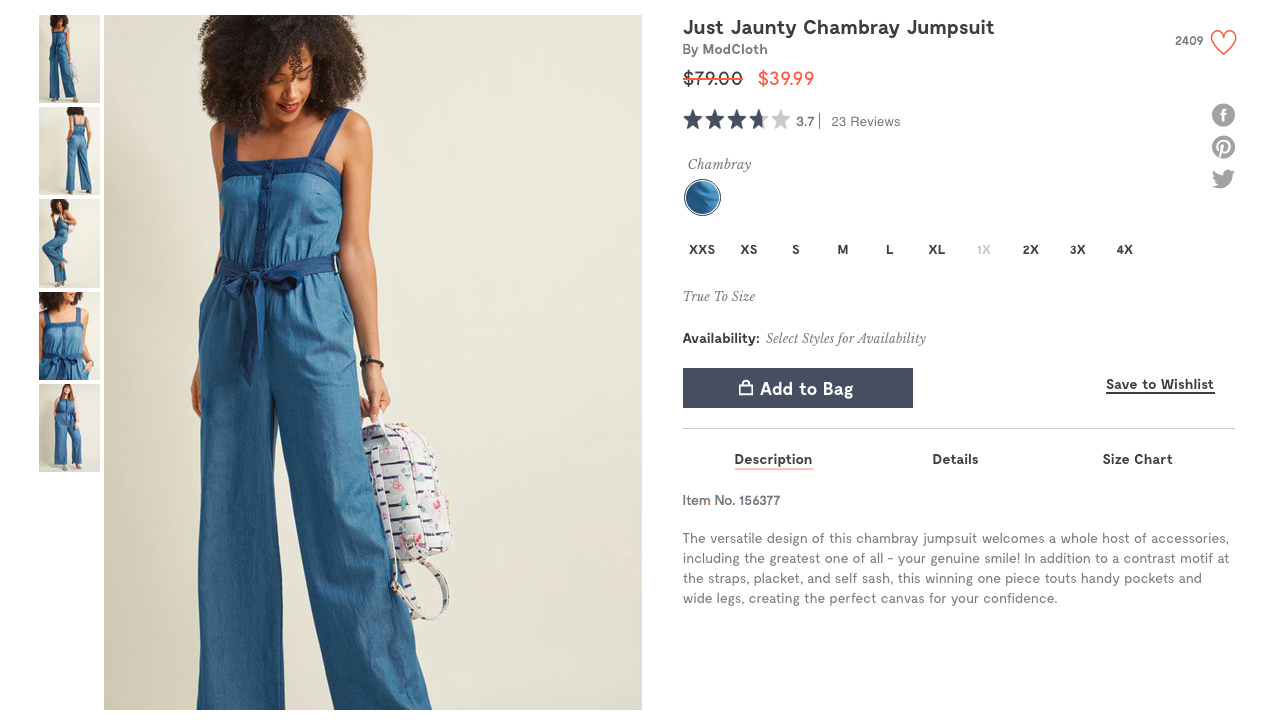

Start a blog
After you conduct your keyword research, you will find that you can’t use all those great keywords in product descriptions. That’s why you need a blog. In addition, having a blog can also get you higher rankings since it lets search engines know that your website is authoritative.
Here are some basic guidelines to follow when creating your first articles:
- Add value & try to satisfy your customers’ needs. Find a balance between being entertaining and educational.
- Set clear goals. Focus on attracting potential customers, building relationships with them and, eventually, increase sales.
- Make your brand stand out. Blogs are a great way to connect with customers, but also to build reputation and authority.
- Be consistent. The more often you post, the more reasons there are for people to come back to our blog.
Here are some Shopify stores with great blogs to get inspiration from:

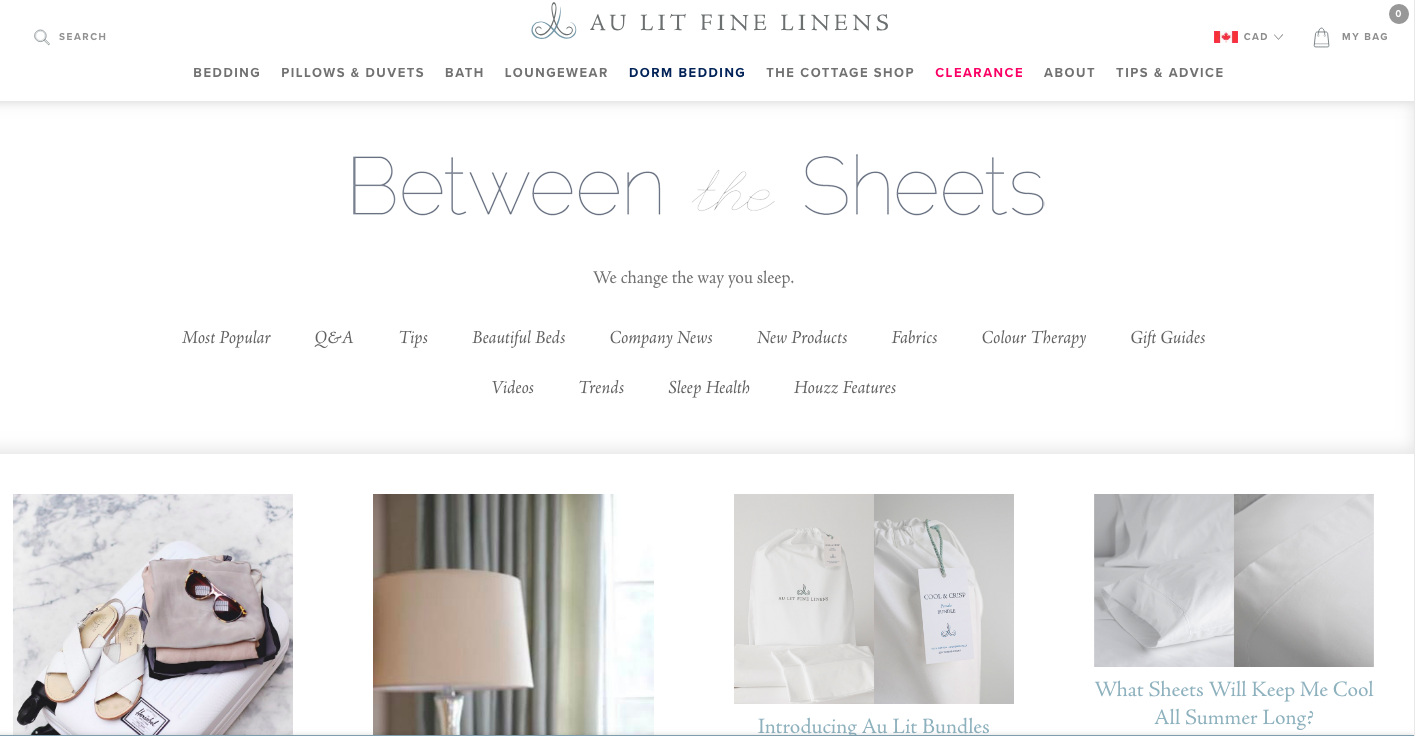
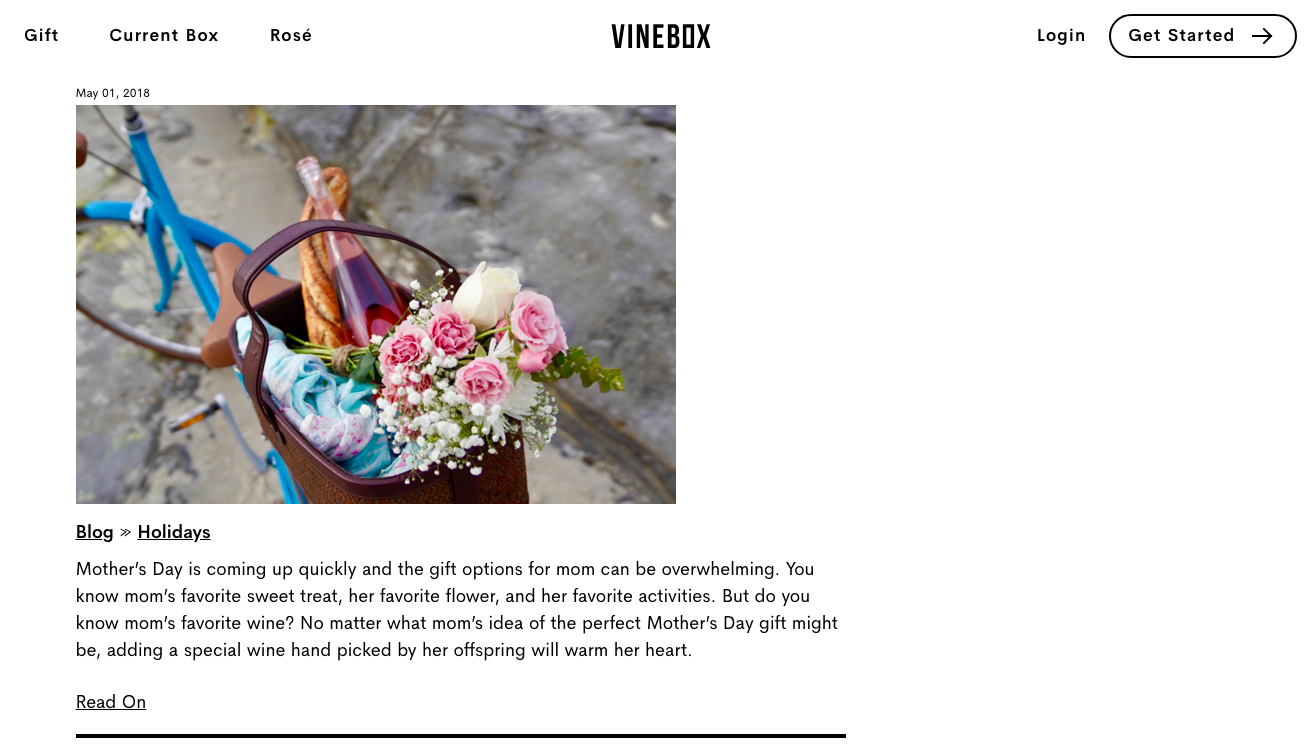
Shopify SEO tips #6 – Optimize Images
Images appear in almost 15% of searches, which makes them a great possibility to gain better rankings.
The first thing to do is add ALT text to all images so that Google can categorize them and show them in searches.
- Go to the Shopify store admin – Products;
- Click on the product you want to edit;
- Then, hover over its image and click ALT;
- Go to the Image ALT text box and add the ALT text;
- To save the changes, click Done.
In this case, it’s also important to add the selected long-tail keyword so that Google knows exactly what the image is about.
Another important step when optimizing images is to reduce image size when uploading them to your website. Even though high-quality images may look better, they do slow your page’s loading speed and can decrease its functionality.
Here some tools to help you reduce image size quickly and easily:

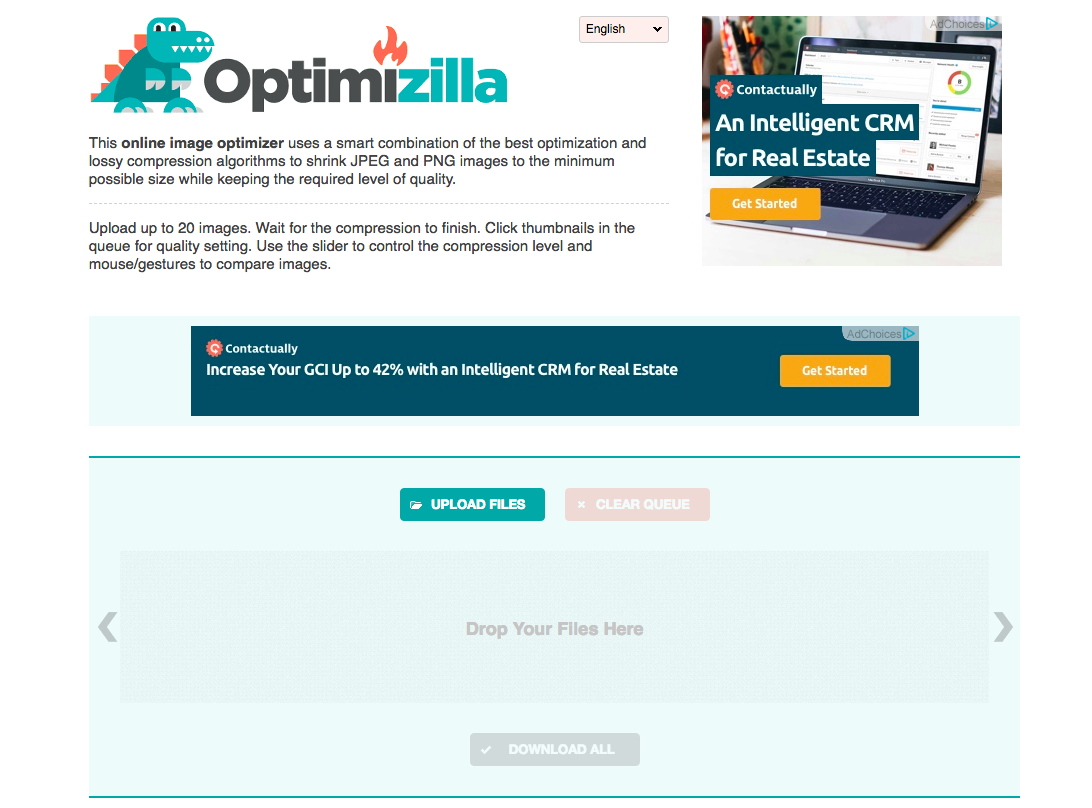
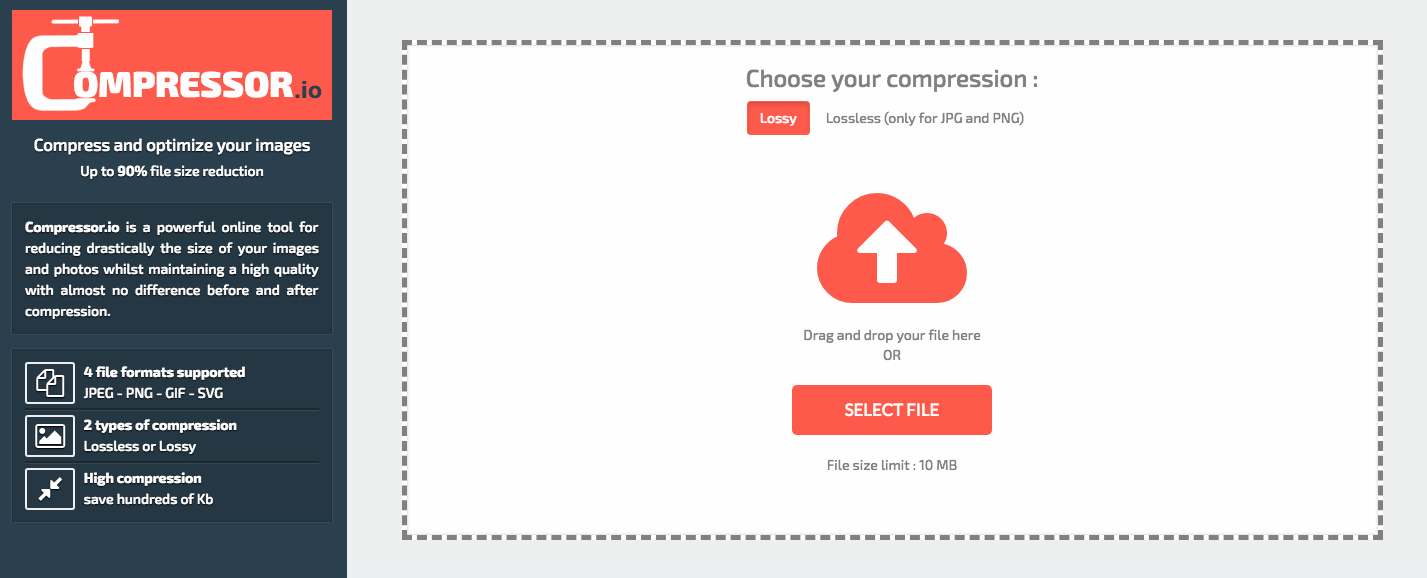
Conclusion
With more than 600k businesses using Shopify to host their online shops, it is without a doubt one of the most popular e-commerce platforms.
Shopify offers a number of templates and features that are simple to use and allow users to create good-looking, functional e-stores.
However, no matter how good your e-commerce store looks, you still need to drive traffic to it by deploying SEO tactics.
Wondering how to add SEO to Shopify? Just follow our simple tips and you can easily increase your chances of appearing in search results.

